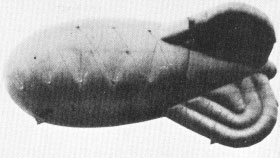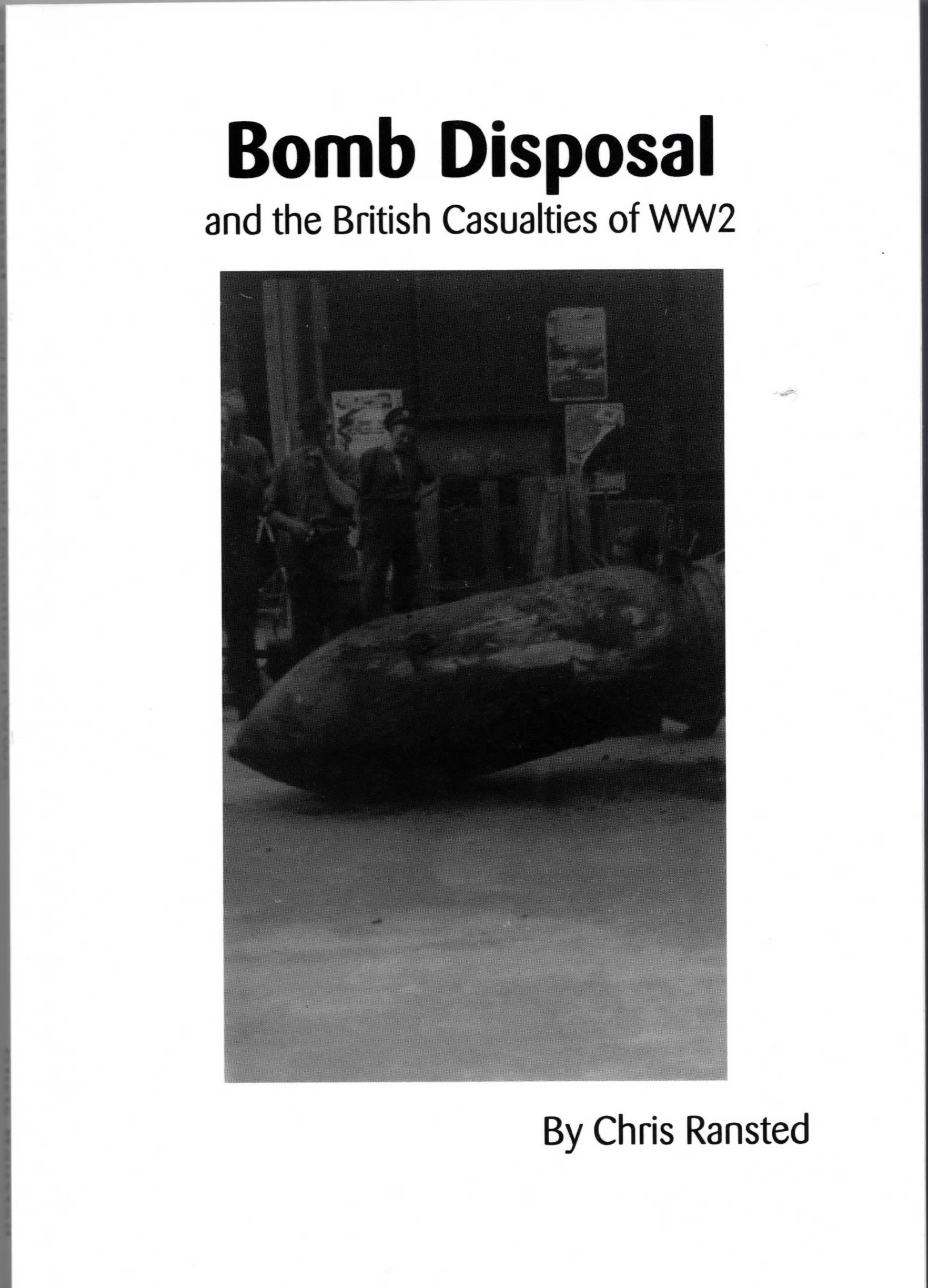 Click for Site Directory
Click for Site DirectoryBomb Disposal and the British Casualties of WW2 by Chris Ransted

Here is a brilliant book compiled by an individual who has researched and investigated incidents relating to Bomb Disposal during WW2 and afterwards. The text is comprehensive and reflecting the enthusiasm and dedication the author has for this part of the war effort.
The book details the
early days of EOD in Britain during the Blitz, giving accounts of numerous
incidents where an unexploded bomb or parachute mine was worked on (in some
cases earning those men involved the George Cross or George Medal). It covers in
some detail the Bomb Disposal casualties and mentions BD casualties from all
three services - Royal Engineers, RAF and Royal Navy and even three civilians
killed while researching methods of dealing with UXBs.
Listed in Annexes at the back are casualty
details including the names, ranks, unit and date of death of some 580 or so men
(mostly Royal Engineers) and one woman, who were killed while serving with Bomb
Disposal in WWII and in its immediate aftermath. Many of those listed are
cross-referenced to the names of other personnel from the same unit, killed on
the same day/same incident, making it a useful research tool for medal
collectors, military historians, or those with an interest in Home Front / Bombs
& their fuse(s) /Air Raid / UXB related matters or family tree and genealogy
enthusiasts.
The book has nine chapters covering a multitude of
things from digging down to UXBs to the casualties incurred on the UK's own
minefields and Bomb Disposal in the foreign theatres. At the end there is a list
that gives the titles and authors of some 45 other books published over the
years, some going back to the early '50's, that are about or make mention of WW2
Bomb Disposal - again as an aid to those folk who want to read up more on the
subject
Size is A5, softback, black and white, 133 pages,
30 photos/plates.
Bomb Disposal was work that was done by some of the bravest men in this country and abroad, men who went about the work with great diligence that has not been truly acknowledged. The casualties were many, Chris Ransted has compiled a listing of all known casualties from the Army, Navy, Air Force and Civilian walks of life. He points out that the list is not a complete one and is a "work in progress" approach but nonetheless he has in my view done a brilliant job getting this much information into one volume.
The stories tell the harrowing tales of bomb defusing, with tragedies and maiming an accepted part of the job by the men who worked in Bomb Disposal. I found it a compelling and "could not put it down" read!
I have always felt that Bomb Disposal deserved a campaign medal specifically for the work they did but like the concept of a medal for the men of Bomber Command, successive Governments have fought shy of honouring these brave people who gave so much to society and the war effort during the war years.
Chris Ransted is to be congratulated for this book which is an excellent work and deserves a much wider audience and would make an excellent gift for birthday or Xmas for anyone interested in the history of WW2.
If you wish to buy one you can contact him at: acmehotrod@yahoo.com
Peter Garwood